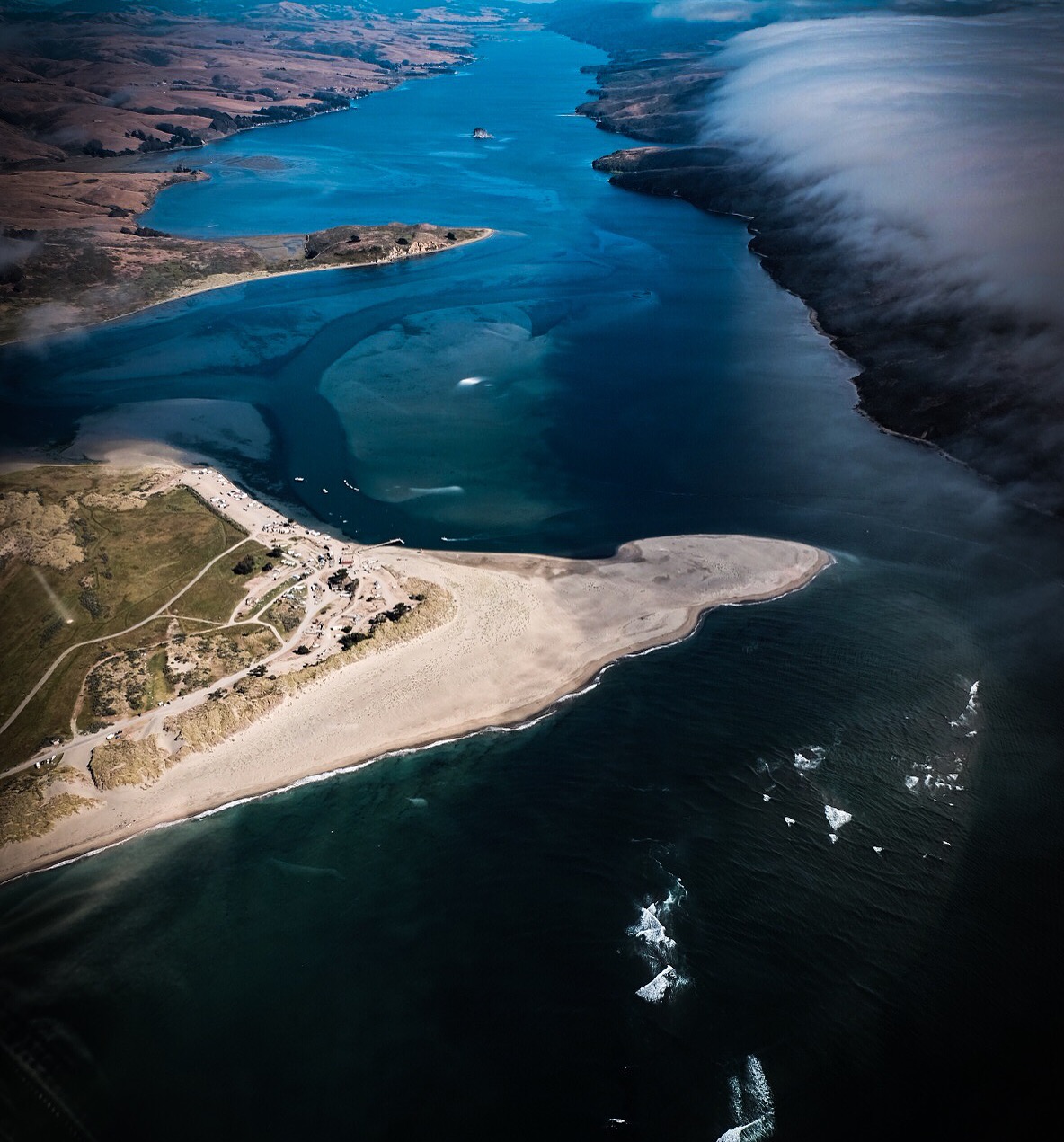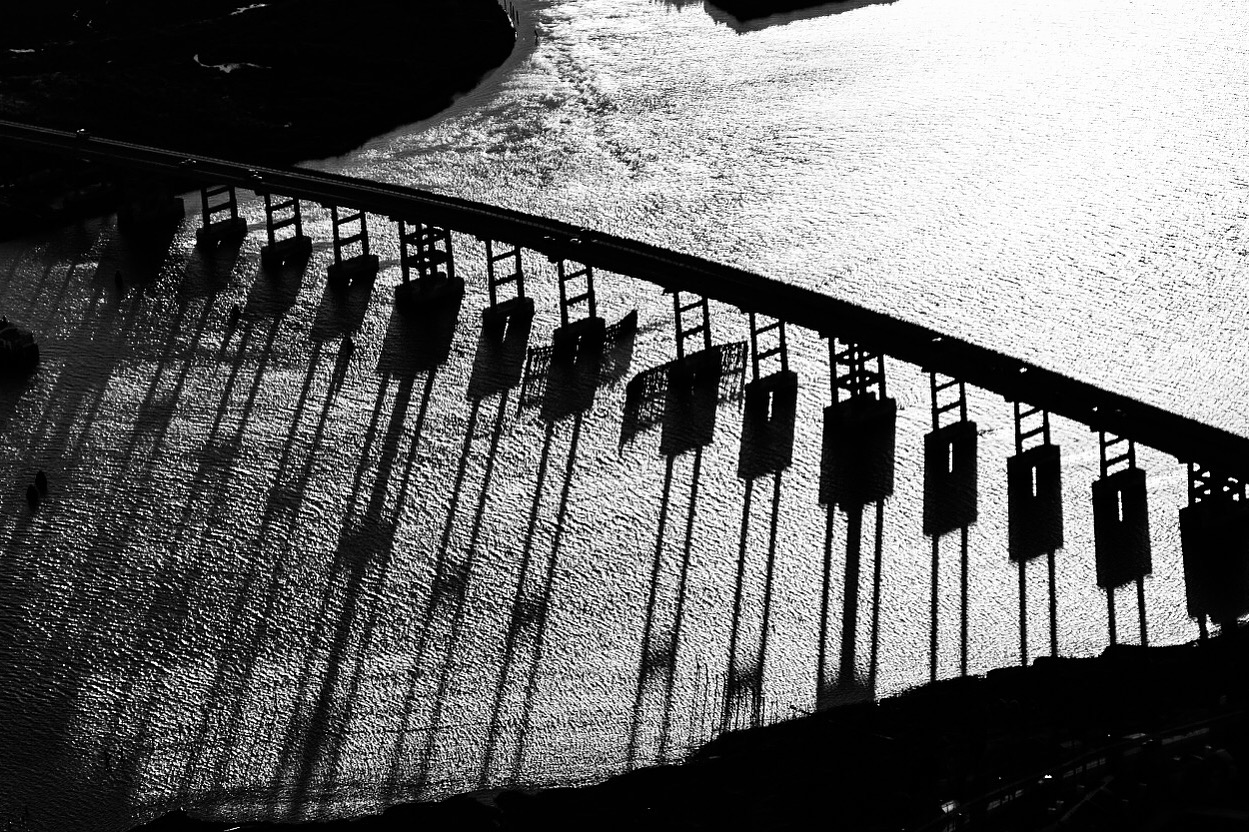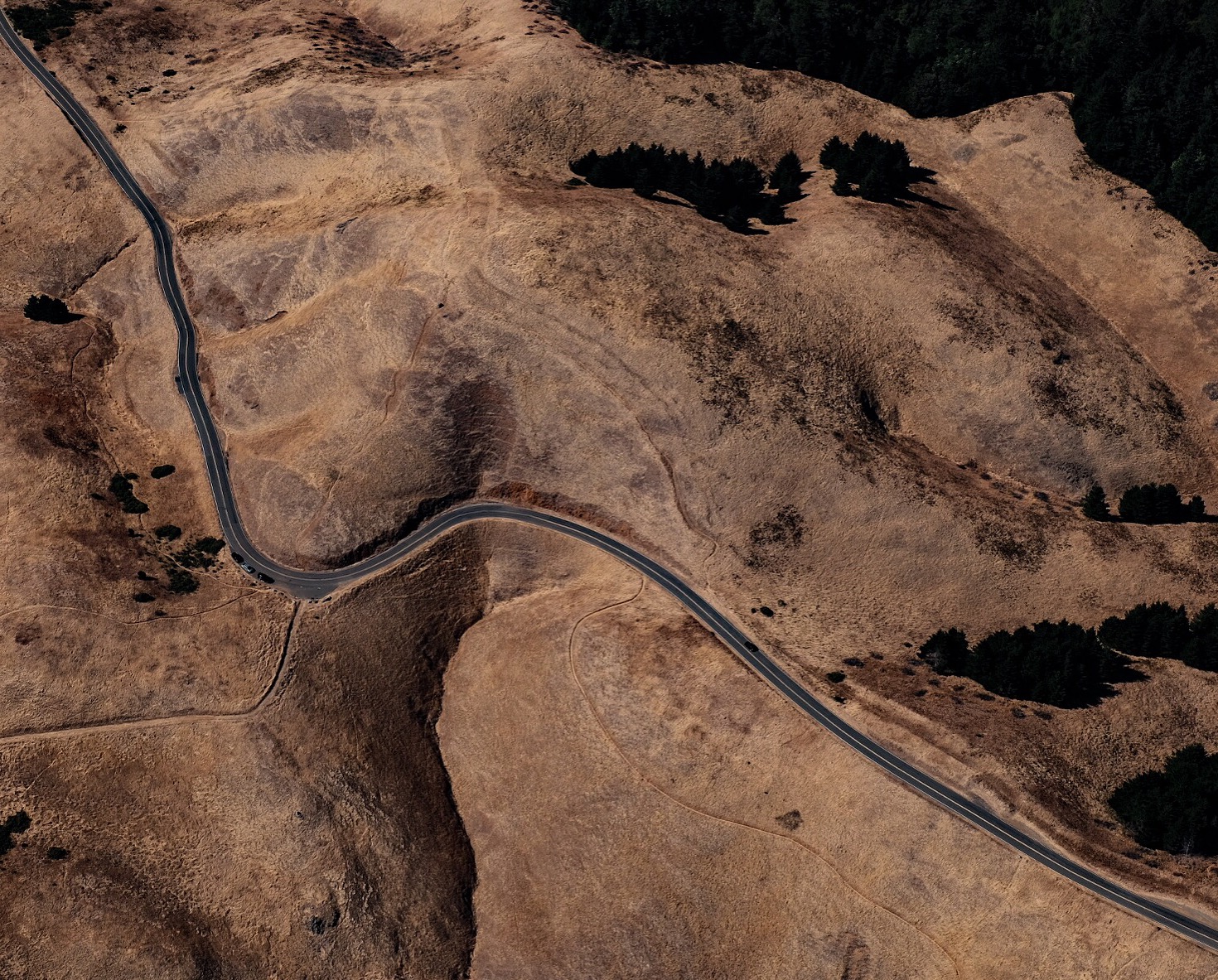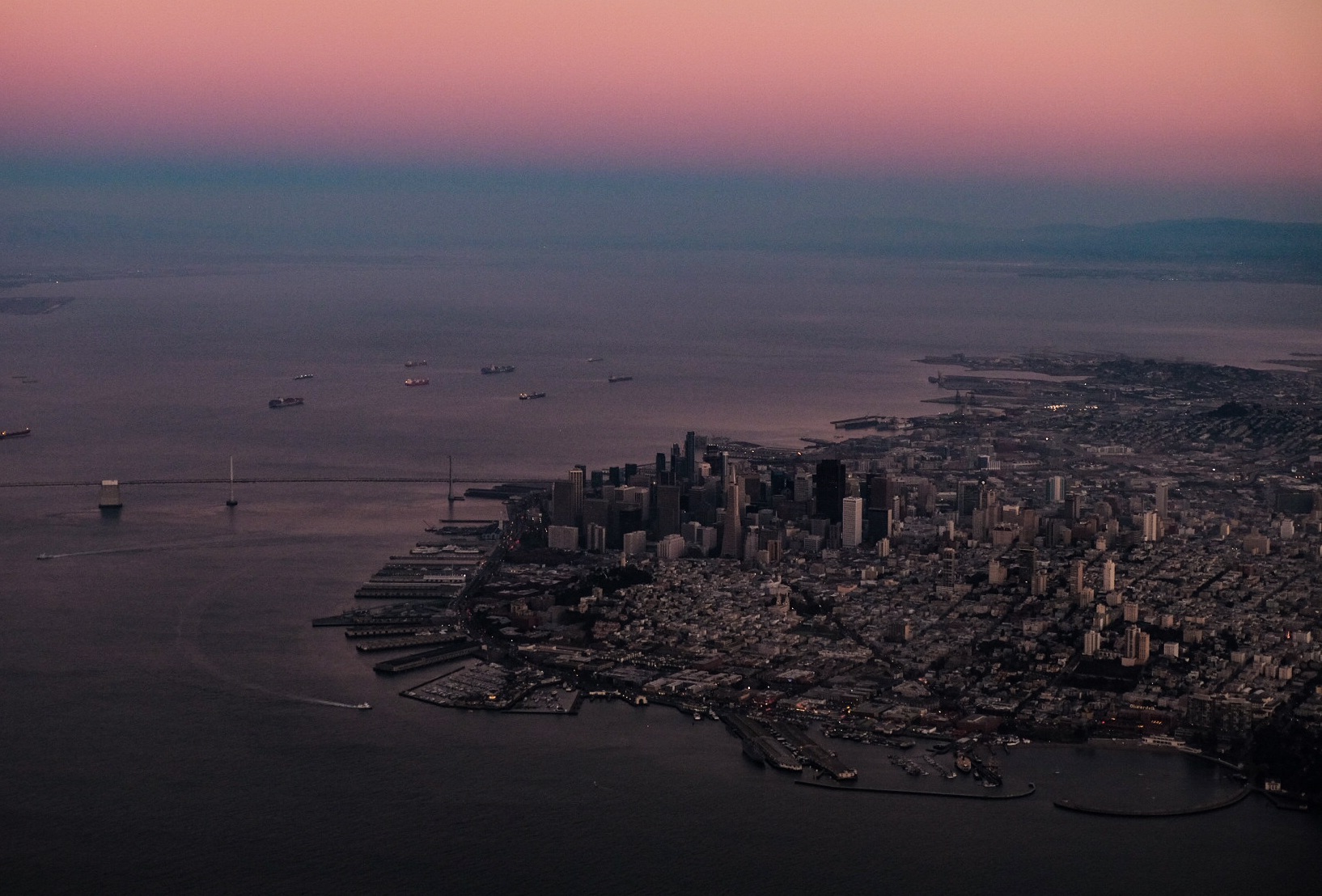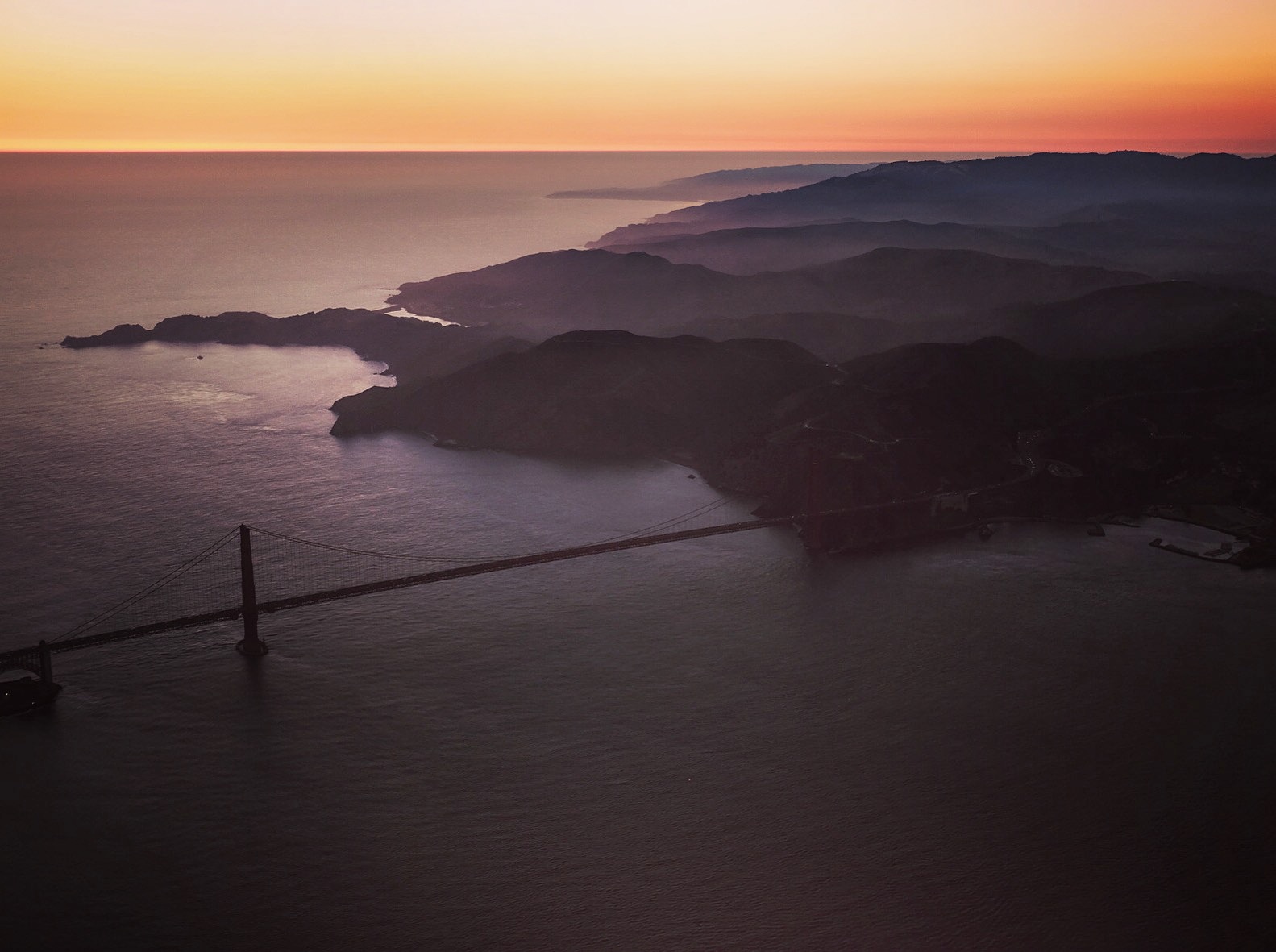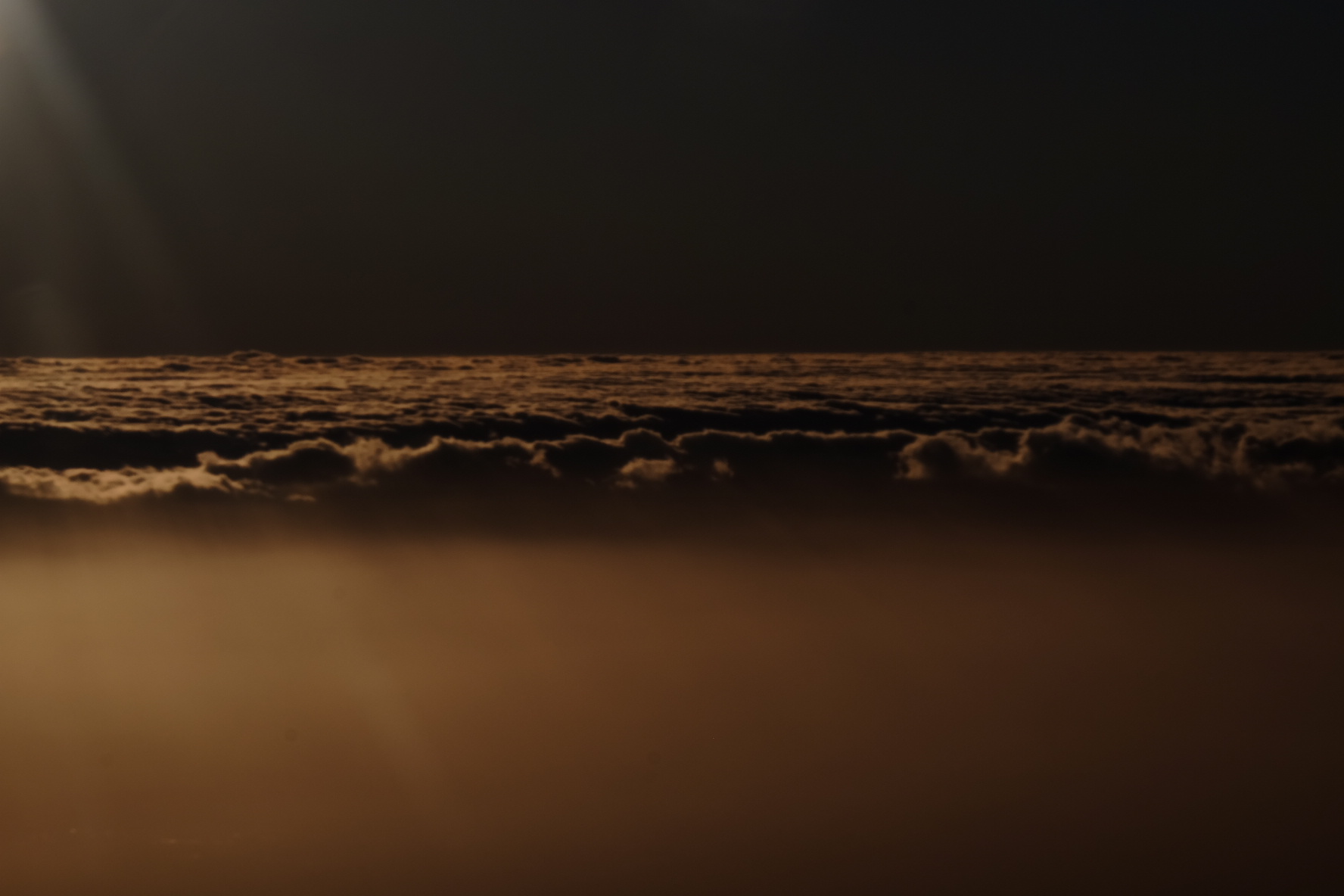Aviation and photography have been an integral part of my life since age 10. At 48, I’m fortunate enough to fly an airplane for a living in the San Francisco Bay Area. The nature of my job as a traffic pilot, I am over roads, bridges and landscapes most of the time I’m in flight. I started taking photos of objects and landscapes on the ground first with an iPhone. But I quickly determined that having more control over images would help me create lasting photos.
This year marked my switch from heavy DSLR’s to the lightness that is Fujifilm. I chose the X-T1 as my platform for it’s similar form to a DSLR and the ease of which while in manual mode I can make adjustments to exposure, ISO and focus. The ability to have these controls literally at my finger tips without digging into menus has been a game changer for me. My current lens of choice is the XF18-135. That lens is sharp and gives me some flexibility that allows for an open pallet size. The optical image stabilization is a real plus on those days when the air is not as smooth as I would like. I shoot most images at f/8 to f/16 with shutter speeds of at least 1/500. But having OIS, I have been able to shoot in lower light at shutter speeds as low as 1/60 and still get sharp images. The only other things I bring along on each flight are two extra batteries which most of the time I do not need.
The seemingly endless supply of subject matter keeps me engaged everyday. I get excited about clouds, fog and even smoke from fields being burned to provide huge differences in the landscapes below me. As with any other genre of photography, it’s the quality of light that makes or breaks a good image. I look for long shadows across the landscape from brides, buildings, trees and towers. Sharpness of edges along cloud lines, warm colors and fiery sunsets are just a few of the things that I fly towards. The X-Trans sensor does such an amazing job capturing the beauty of the evening skies and the rich colors of sunsets. Even at high ISO’s, the detail remains across the range.
The sun can cause some issues that can be mitigated with proper position of the aircraft. Reflections that appear on the plexiglass are one of things that have to be handled by using the wing to block the direct sun light from coming in greatly reducing the reflections. The best solution is opening the window. Some light aircraft allow these windows to be open while in flight enabling a clear reflection free shot. I’m fortunate to have a newer airplane and the plexiglass is very clear. But the window doesn’t open so I have to position myself accordingly. It requires some trial and error much like many other genre of photography. Be sure to actually use that neck strap or wrist strap with the window open for obvious reasons.
I really enjoy the various angles I’m able to view landscapes. The ability to shoot at angles from 30 degrees up to 90 degrees down, gives me many choices of how I want my subject to look. Shooting straight down gives that drone like view but at much higher altitudes. Using a bridge to create strong lines while capturing the shadows really gives an image tons of depth. Other worldly shapes appear and add to the mystery. Photographing level, leaves you with the ability to create a strong foreground and colors and shapes that extend to the horizon. I love the green line in the EVF of the XT-1 to keep those horizons straight. I tend to still look through the viewfinder rather then use the LCD on the back of the camera. It just feels more stable to me that way. The only time I don’t is when I shoot out the opposite window and then the sharp and vibrant LCD is most useful.
I’ve found I shoot mostly between 18mm and 50mm and very occasionally longer then that. Having that flexibility is great. The other lenses that would be strong contenders are the 18-55 f/2.8-4.0, the 10-24 f/4 and the 16-55 f/2.8. That focal length range produces the framing I mostly prefer. I don’t use any filters. I’m sure a circular polarizer in some situations would be helpful in reducing glare. I always have a lens hood in place to protect the front element and ease some of the reflective glare.
I most commonly shoot RAW + JPG fine. I find 90% of the time, the JPGs work well as long as the dynamic range isn’t too large. And the film simulations are brilliant! I find I love classic chrome even for landscapes. The muted tones are to my liking. But having the RAW image allows me much more latitude in Lightroom to make adjustments. My favorite adjustment is the Dehaze slider. This is available free in the mobile version but requires a subscription to Lightroom CC to get it on the desk top version. I found a free preset made by Prolost that works very well (proloststore.com). With all of the atmospheric haze that is flowing around, the Dehaze slider really cleans up an image without introducing too much noise. I often will add the film simulations to the RAW image prior to processing.
I use the Fujifilm wifi transfer application all the time to quickly bring JPGs from my XT-1 to my iPhone or iPad to edit and upload to my website or social media. This is a feature I wasn’t sure I would ever use and now I can’t live without it. Thank you Fujifilm!
With the advent of drones, you might think why do I need to be in an airplane to capture aerial images? The advantage is that airplanes do not have the same restrictions that drones have. The ability to over fly certain cities and monuments may be open to aircraft but many areas do not allow drone operation. The FAA recently came out with new regulations for drones in August of this year (faa.gov/uas/). If you are not a pilot, take a look online for local general aviation operators that you can charter a plane from. Rates are around $200USD per hour for the plane and the pilot. The images you will come away with will be worth the cost!
Don’t be afraid to experiment. Use slow shutter speeds to get soft images at sunset. Over- or underexposing can add artistic flare that you may not see through the viewfinder. Look for reflections in water especially late in the day. Find the color and tonal layers between clouds and the sky. Play around and have fun. Be aware that you may get the bug and even want to become a pilot yourself. As for me, it’s a lifetime obsession. My camera is forever my copilot.



